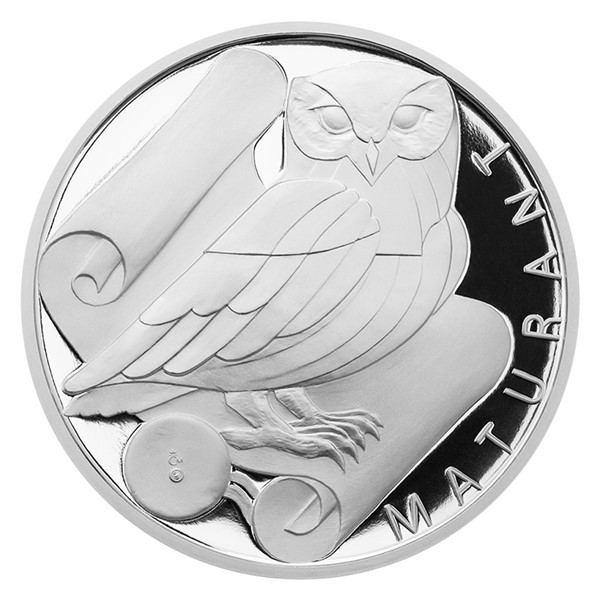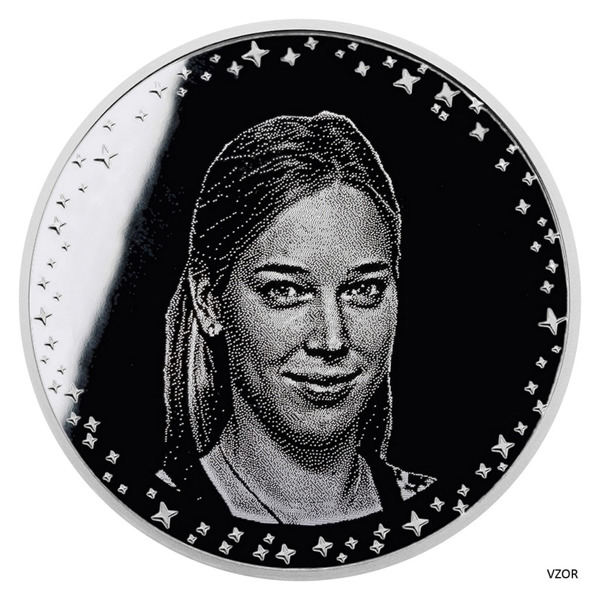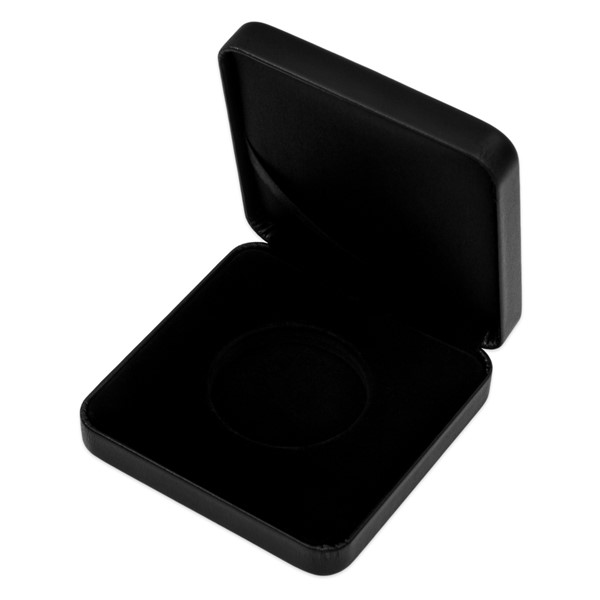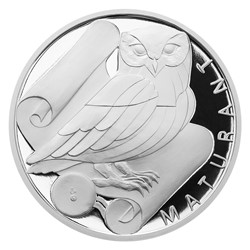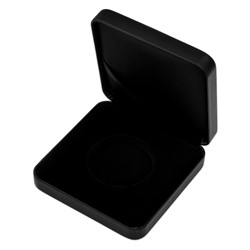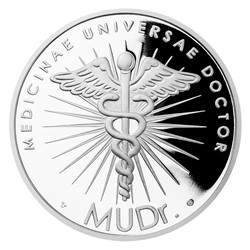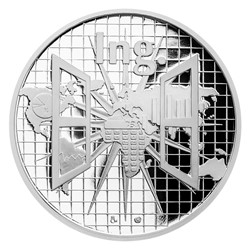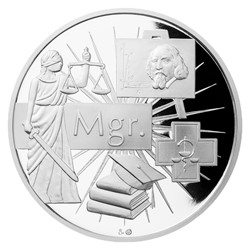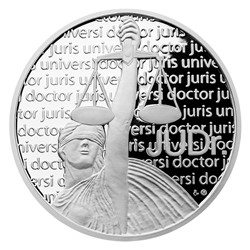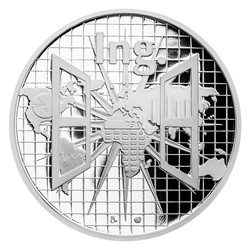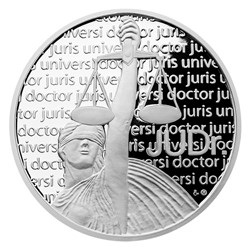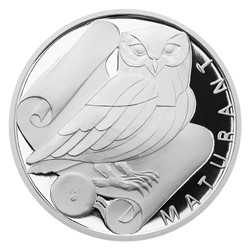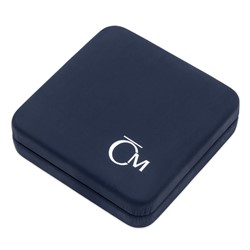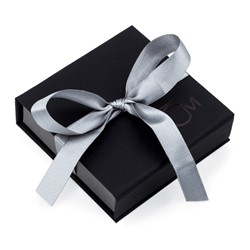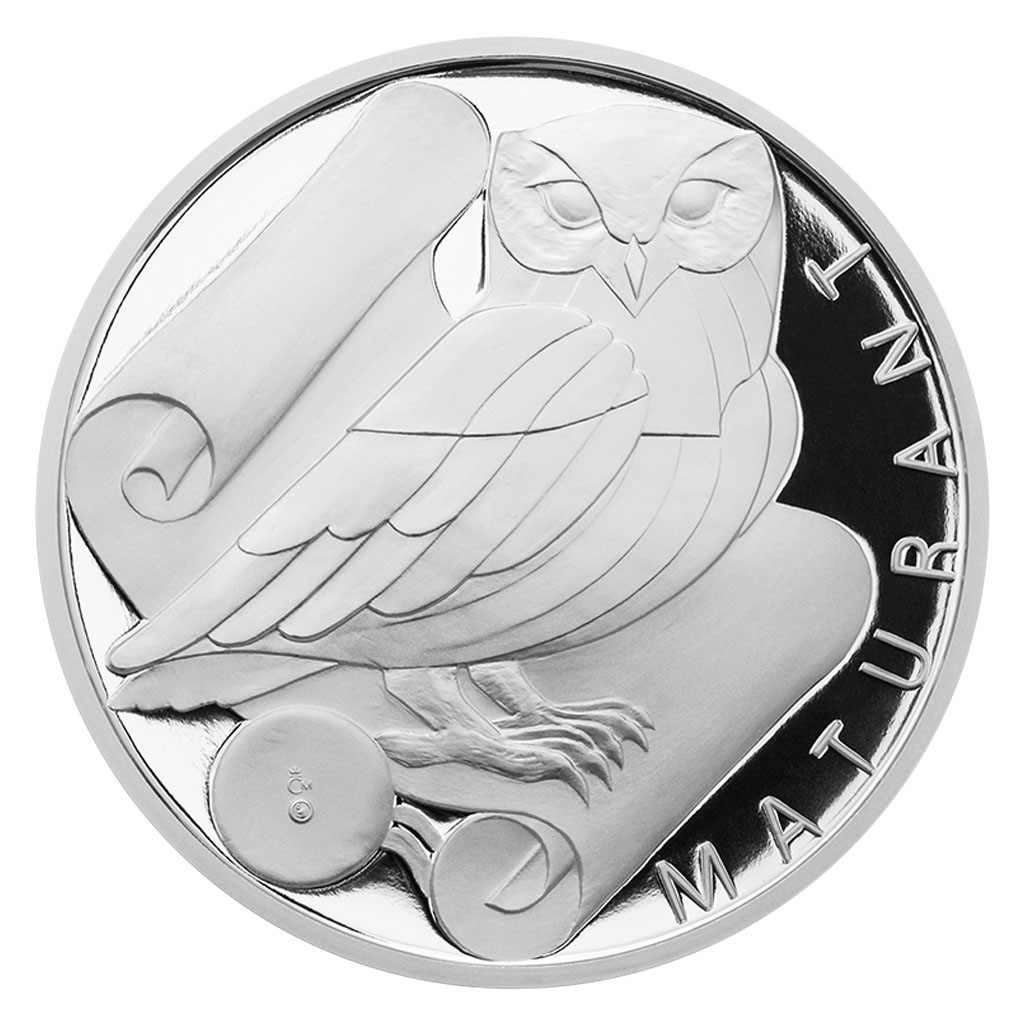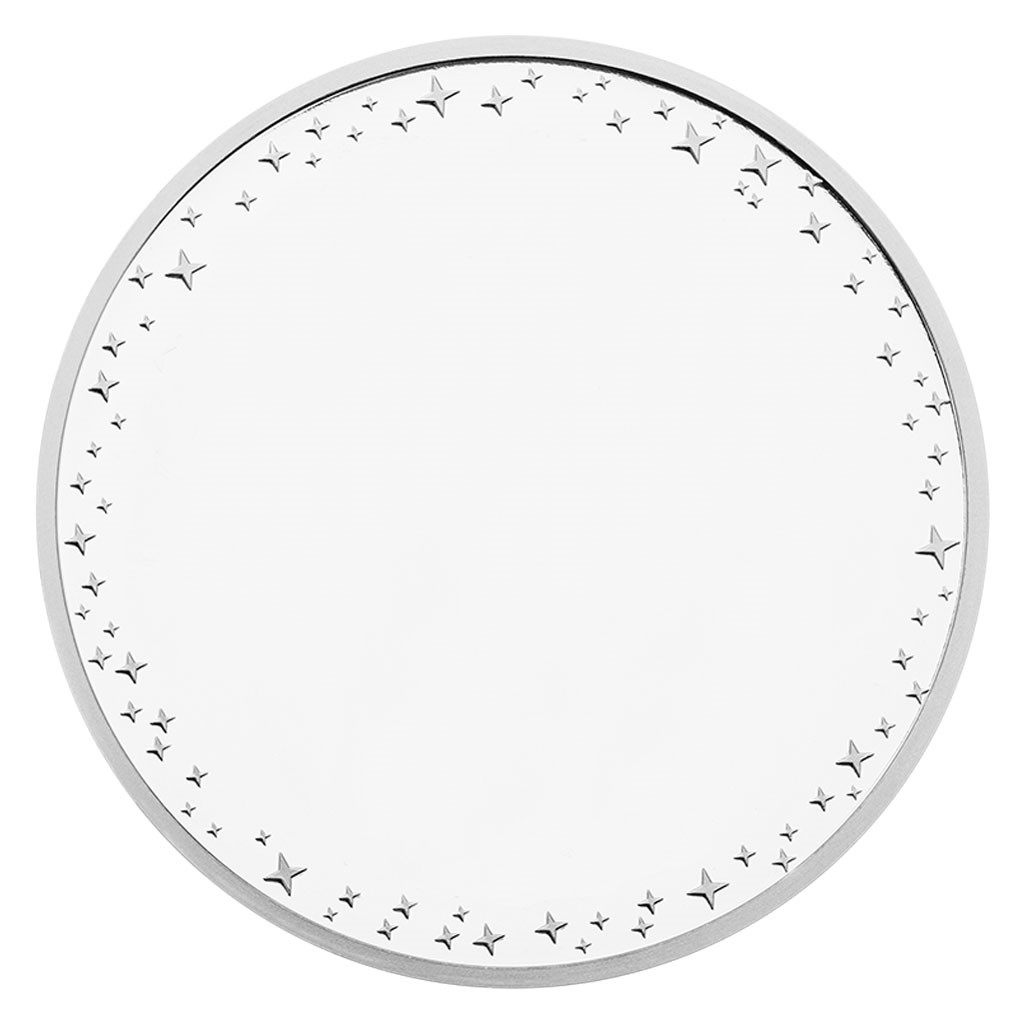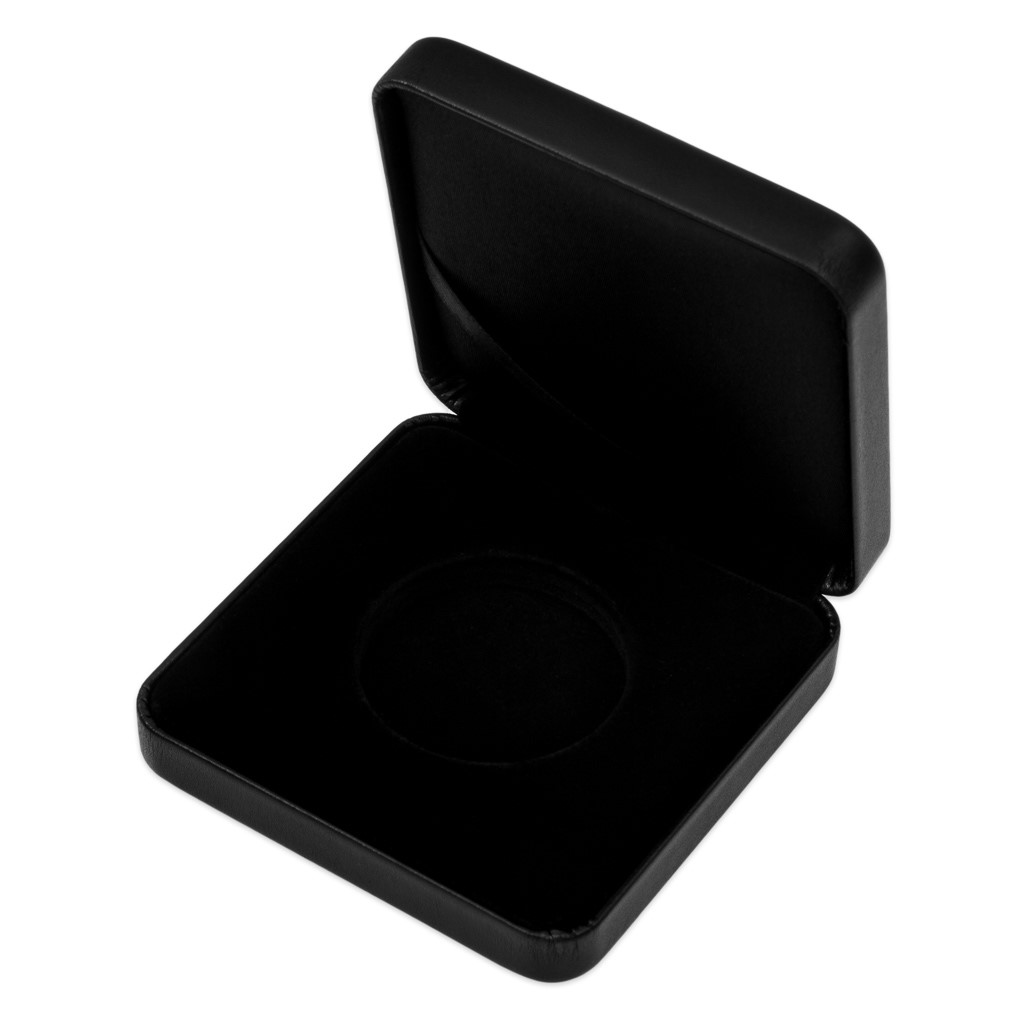Silver medal - academic degree Highschool graduate - with dedication proof
Personal pickup at the store
Product description
Czech Mint has decided to immortalize in pure silver a real treasure of the Czech architecture and building skill in the framework of its special miniseries Brno Sights – the majestic Špilberk castle. Another piece in the series commemorates the second spectacular sight of the Moravian metropolis – Petrov.
Silver medal Špilberk was designed by Jan Hásek whose precise craftsmanship lends the medal a perfect form. His hand is also visible on other notable Czech Mint issues, for example the extremely successful series Castles and Chateaux. The obverse side shows a view of the imposing building of the castle and its name in two languages. At the same time it displays names to which the history of Špilberk is closely related. The reverse side is a display of the most impressive historic buildings which Brno has to offer.
The castle was built in the centre of Brno on the impulse of Czech King Ottokar II (in Czech Přemysl Otakar II.); later on, Blanche of Valois (first wife of Charles IV) spent some time here as well. Špilberk began to be used as a residence from mid 14th century by John Henry (in Czech Jan Jindřich; brother of Charles IV) and his son Jost. After the latter’s death, during the reign of King Sigismund and his son-in-law Albert of Austria, the castle served more for military purposes. The castle’s new designation became evident during the Hussite wars and, in particular during fights between Czech King George of Poděbrady and Hungarian King Matthias Corvinus. At that time George’s son Victor, Duke of Münsterberg, an imperial count, resided in Špilberk. From mid 18th century Špilberk became the most monumental and most significant Baroque fortress in Moravia. In 1783, Joseph II, Holy Roman Emperor, changed the fortified jail in the Špilberk fortress into a civilian jail for felons; in particular the underground casemates served this purpose. In 1855, the jail was abolished by Emperor Franz Joseph I and for the following one hundred years turned into barracks. However, between the two world wars Špilberk was again used as a prison, during WW2 it was gradually transformed by the Nazis into model military building in the spirit of the German Third Reich ideology. Since 1959, the monument has served as a representative seat of the Museum of the town of Brno.
The commemorative medal made of pure silver is packed in a modern blue leather case and its mintage is limited to 2,000 pieces.
 čeština
čeština
 slovenčina
slovenčina
 english
english
